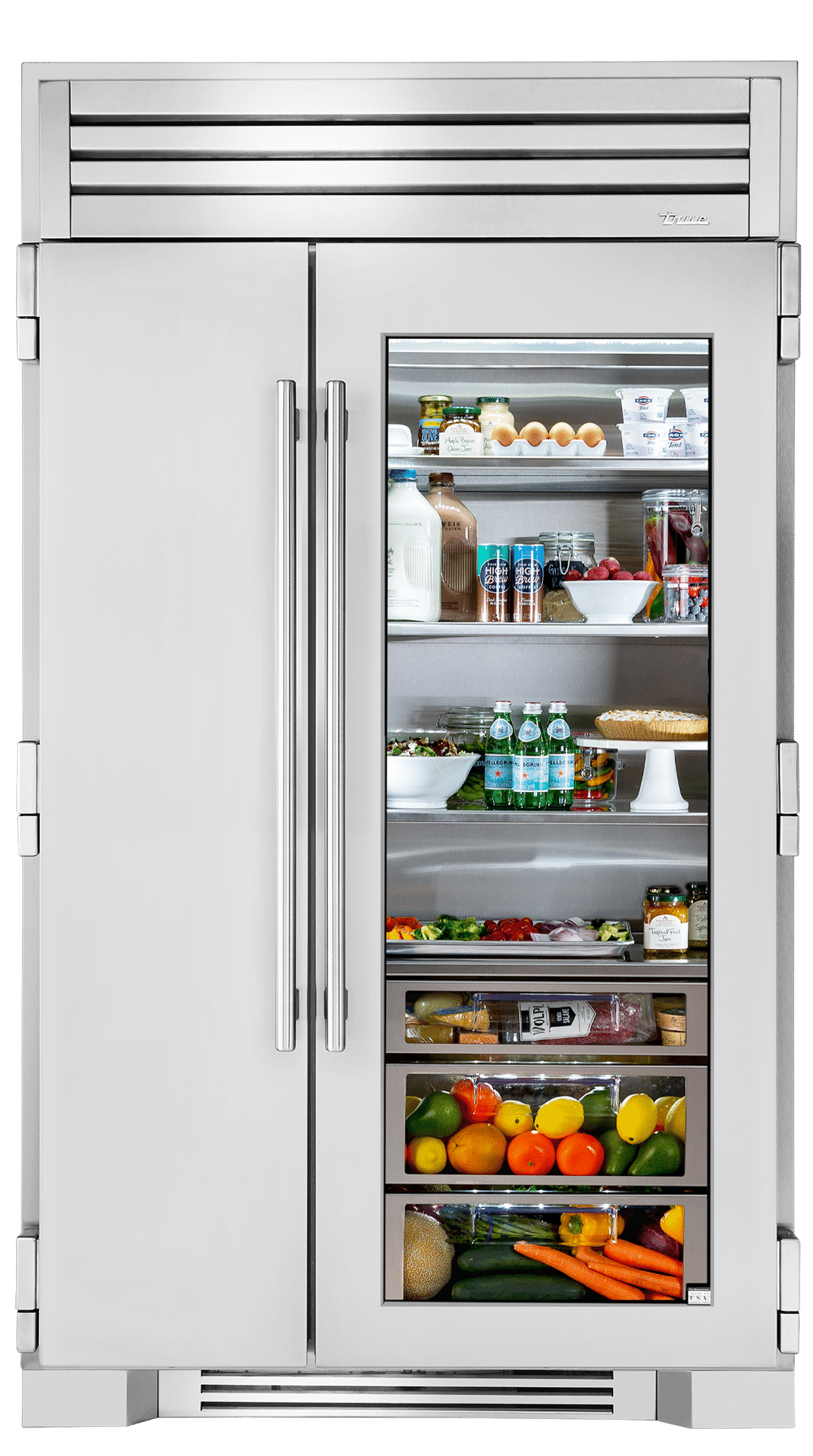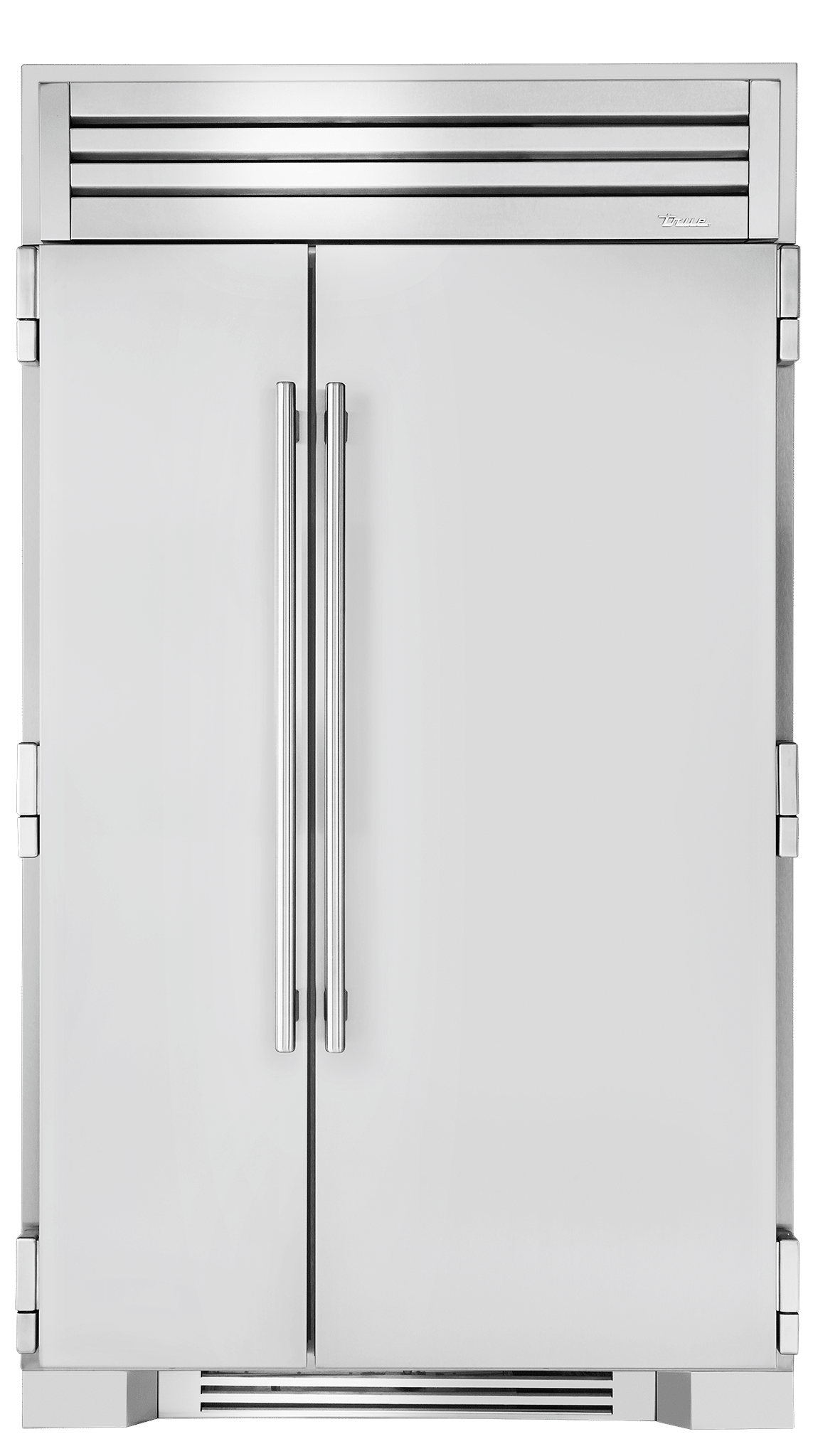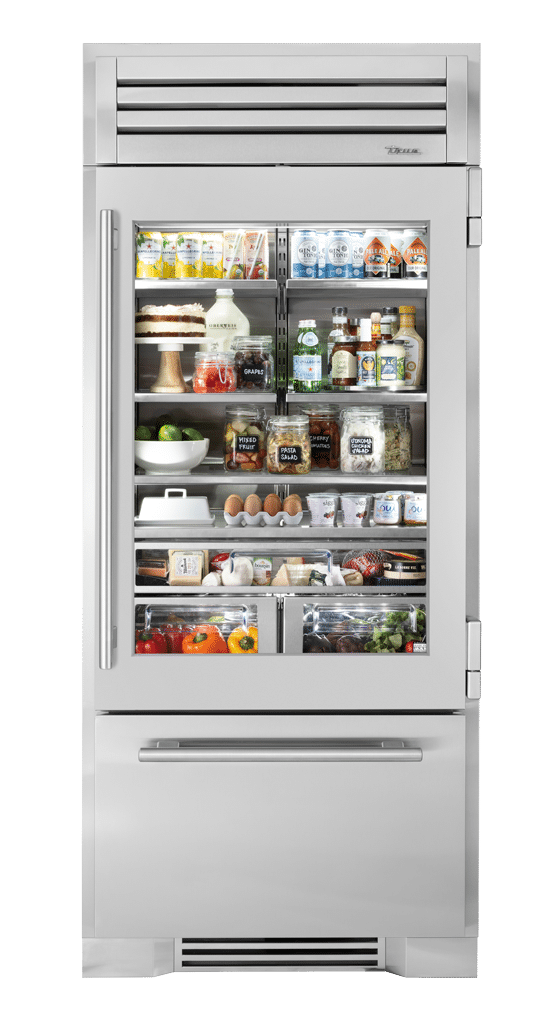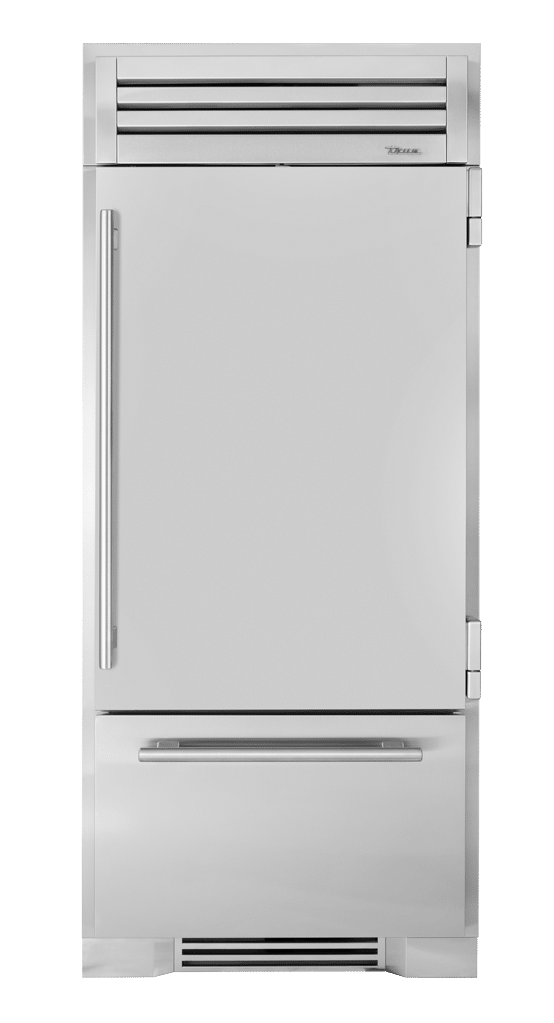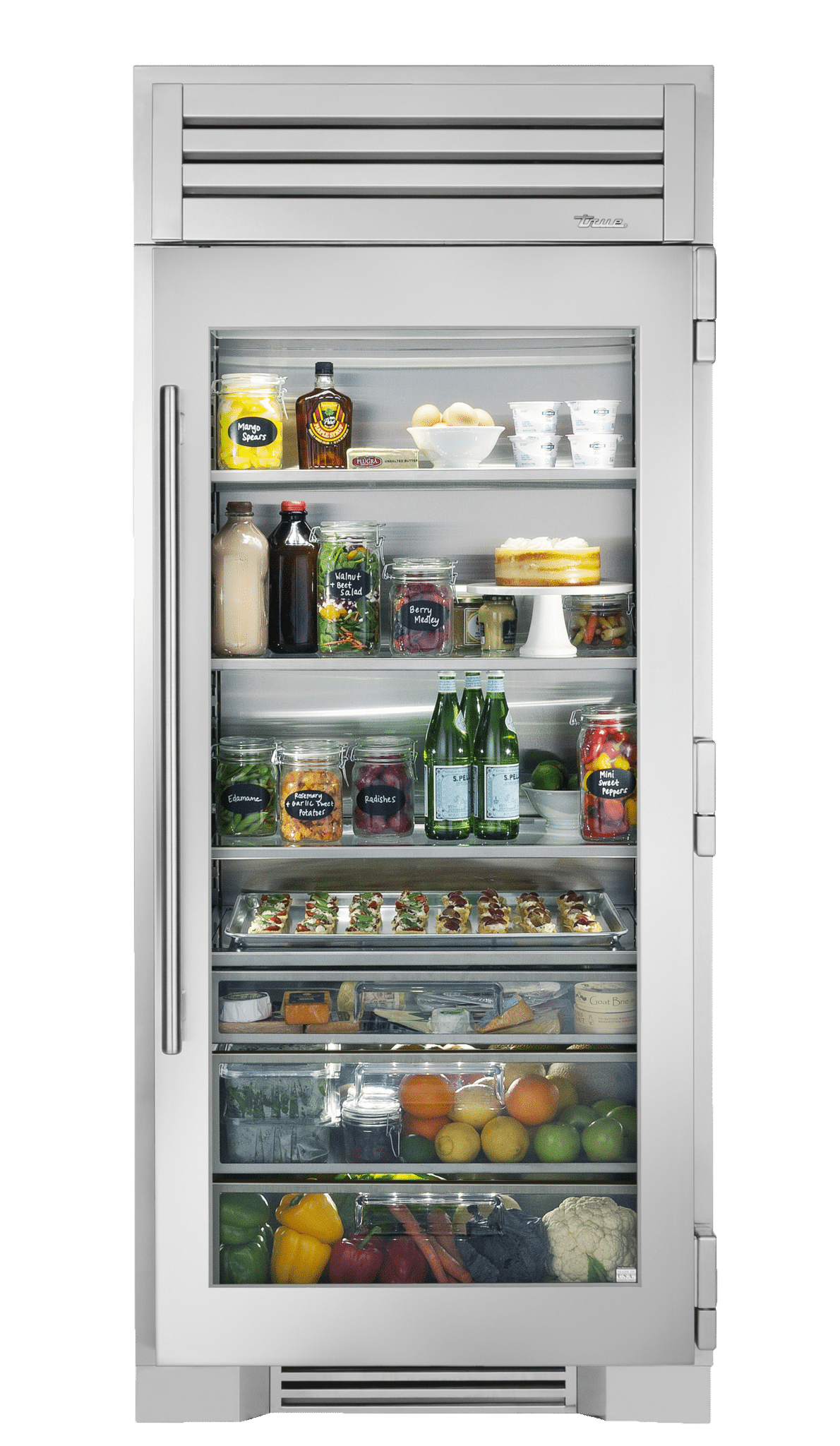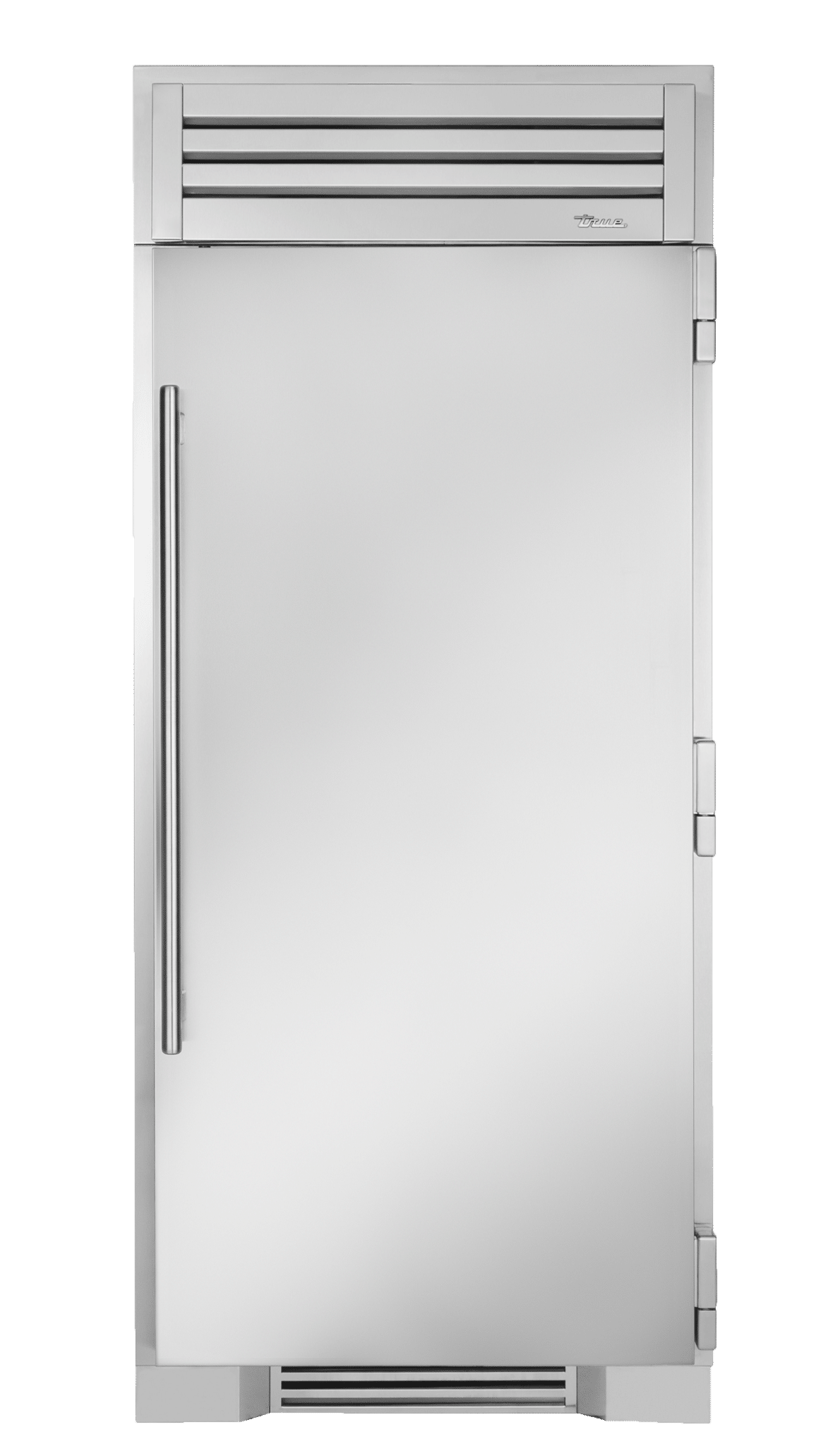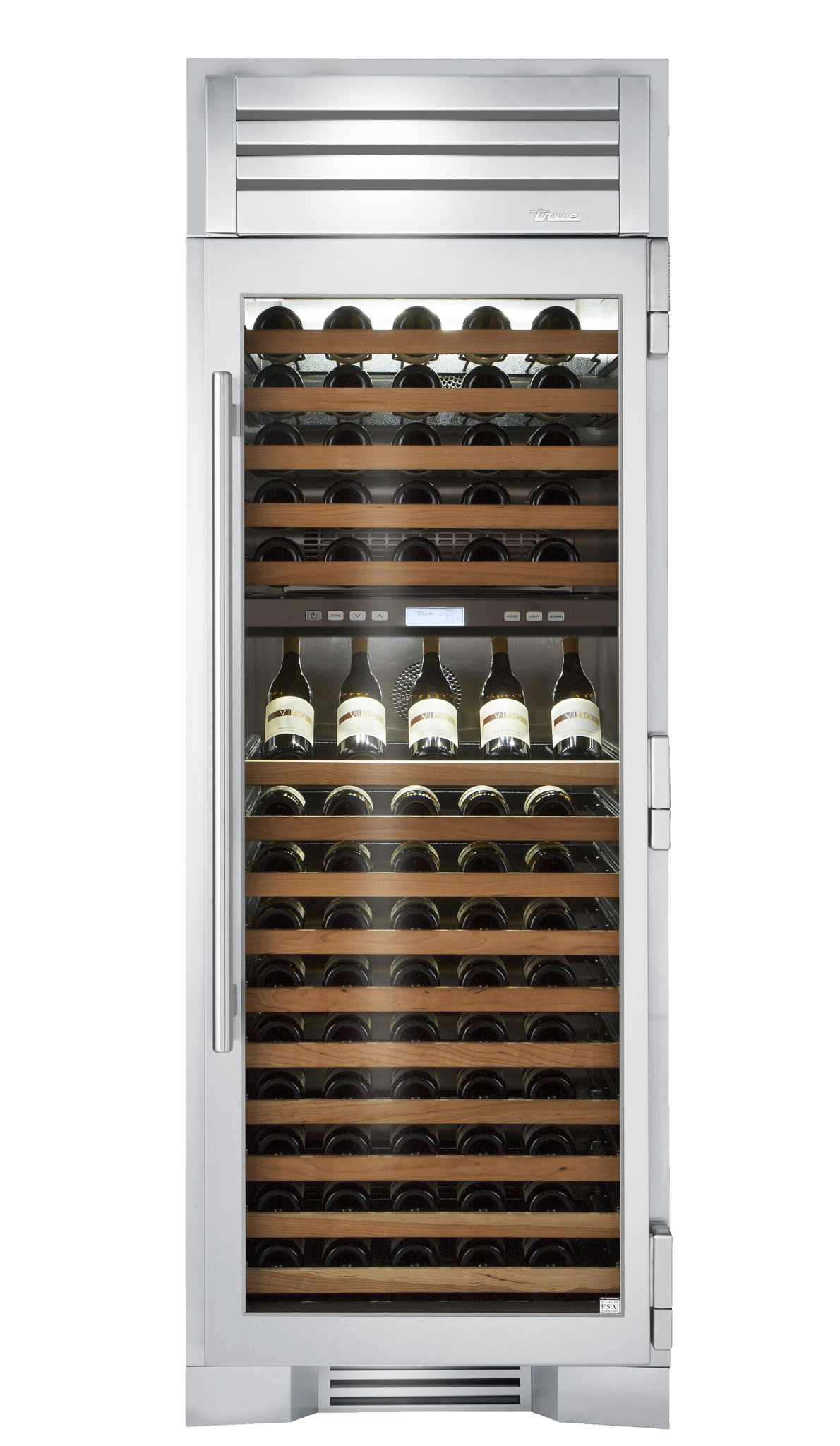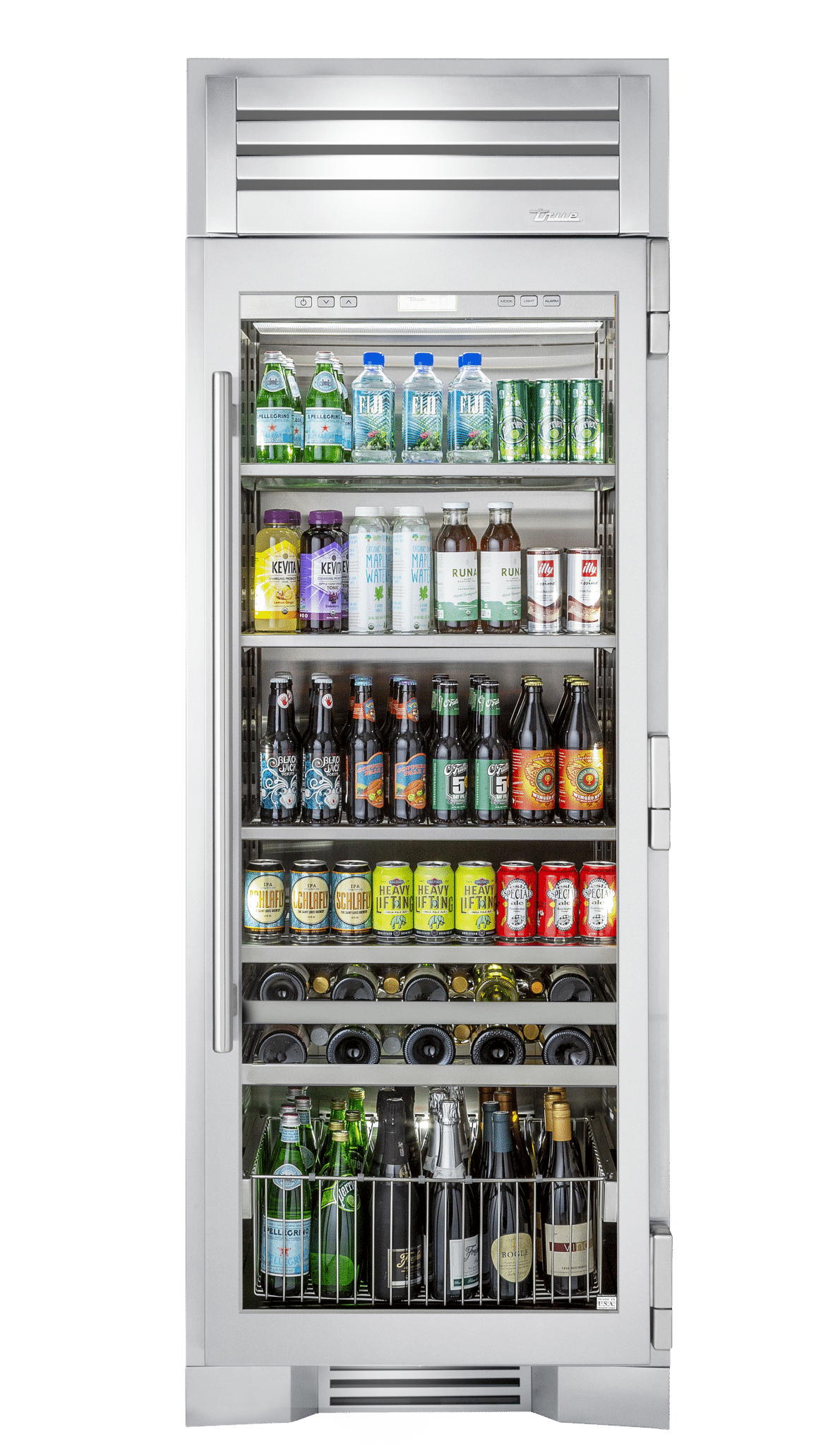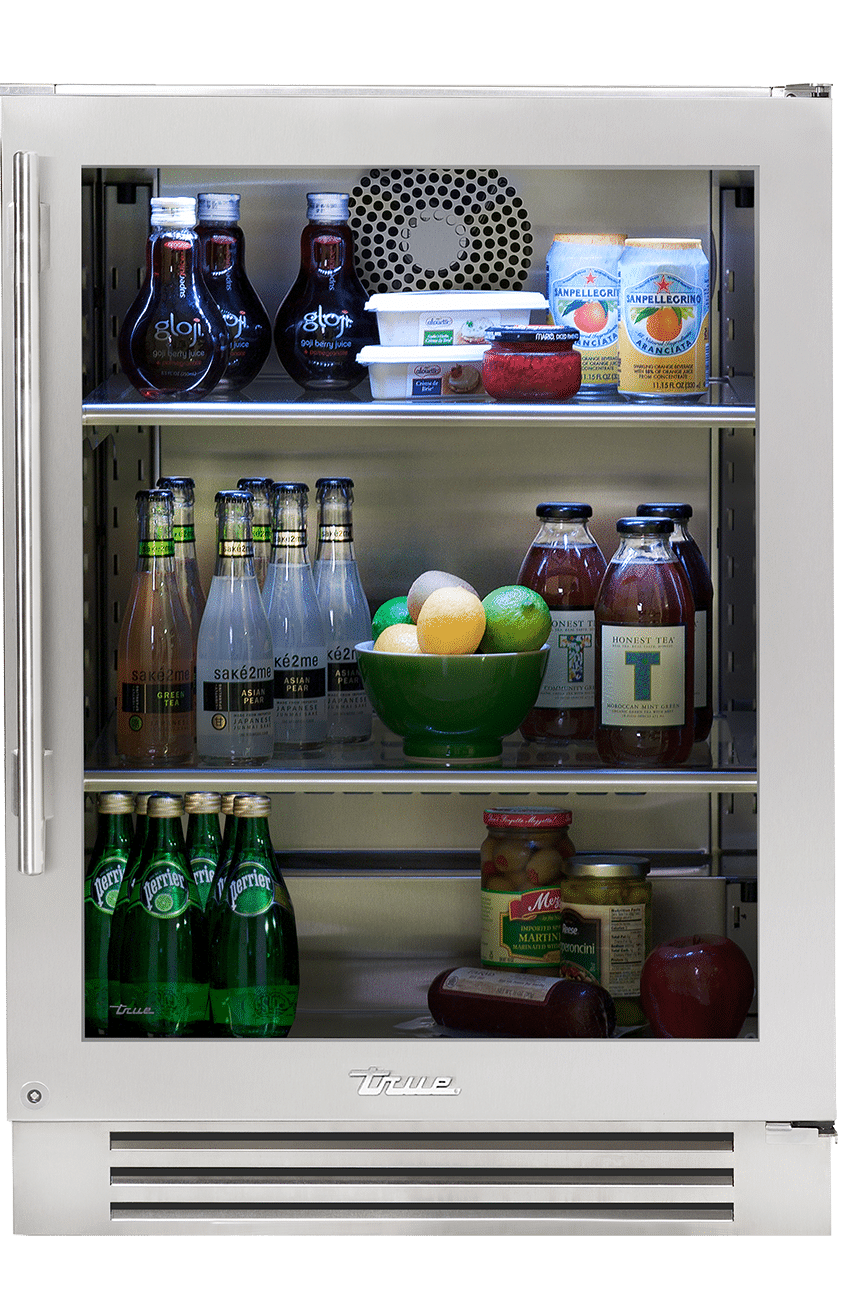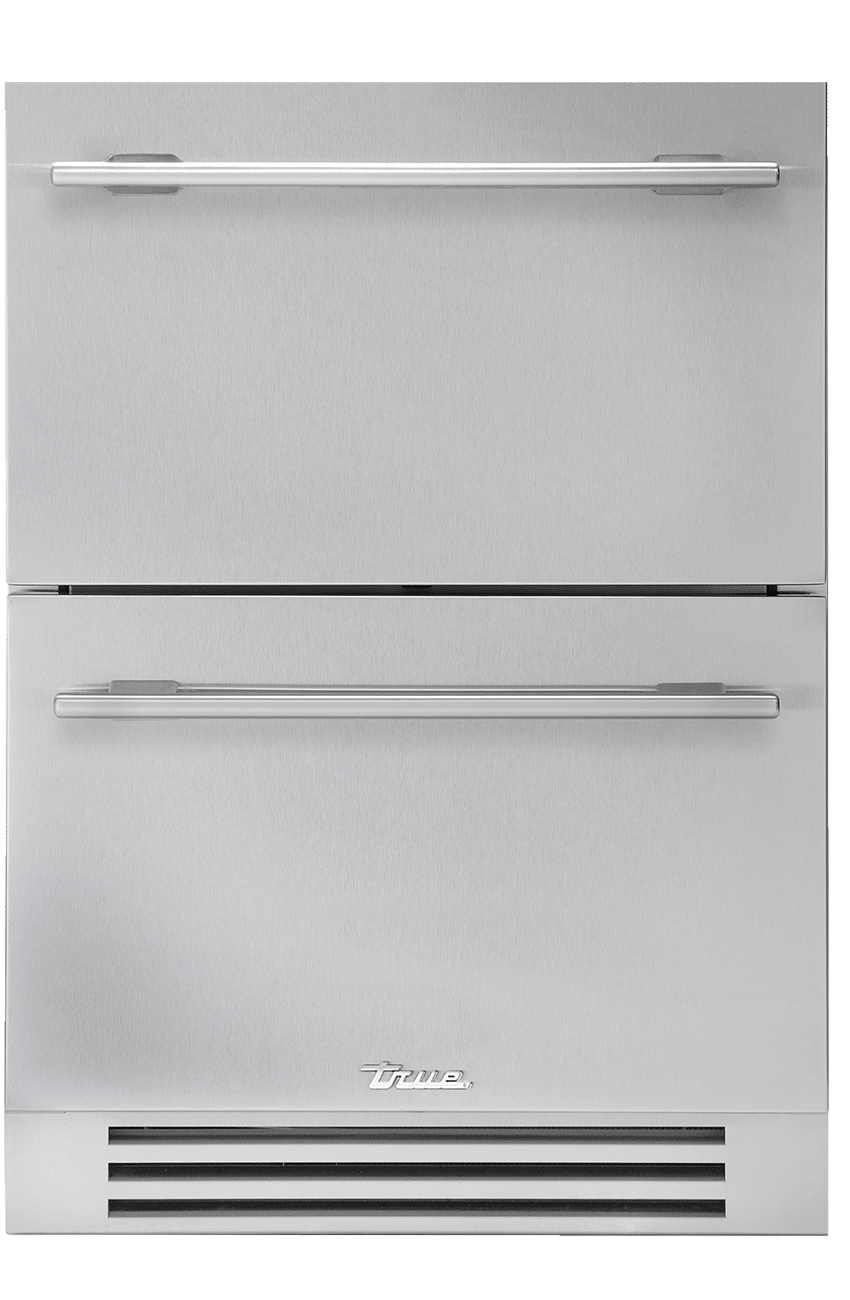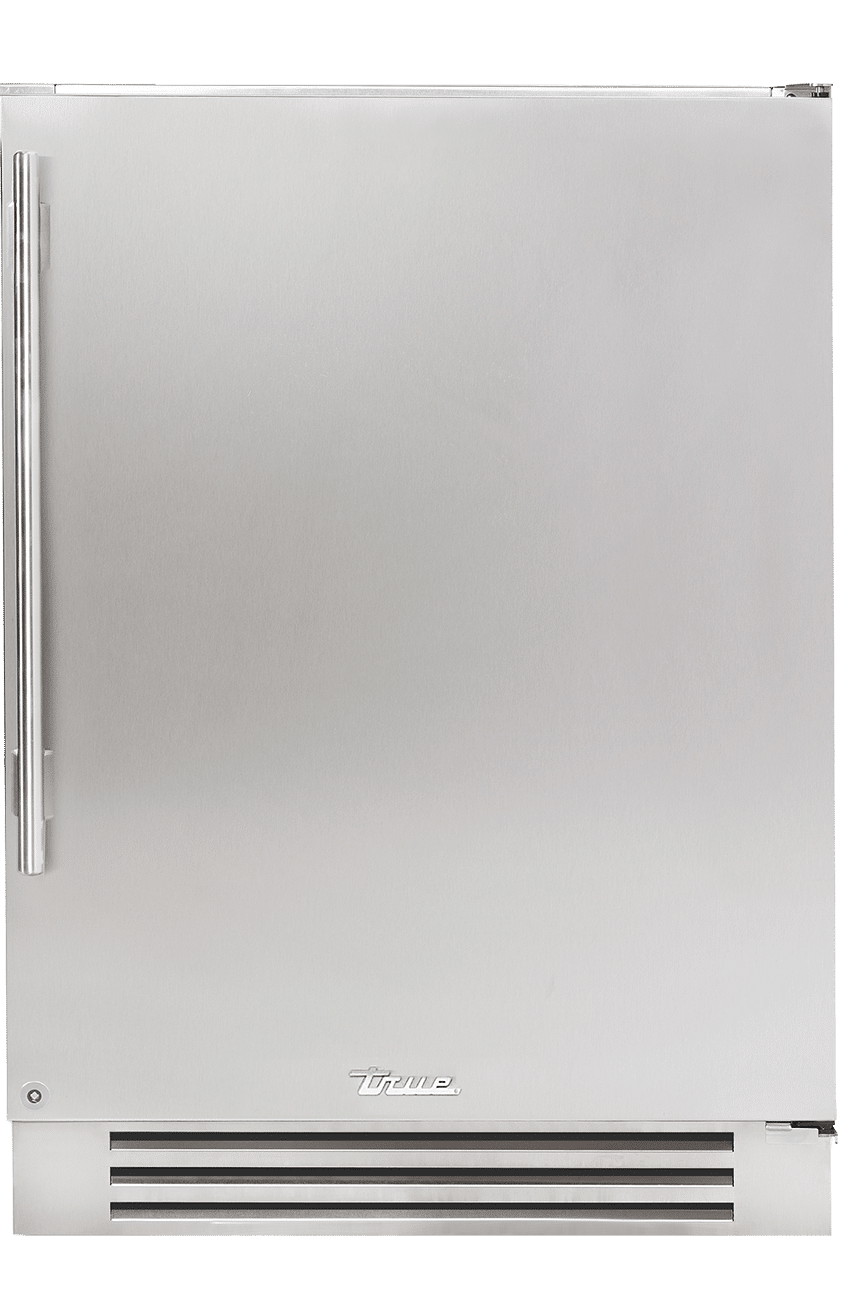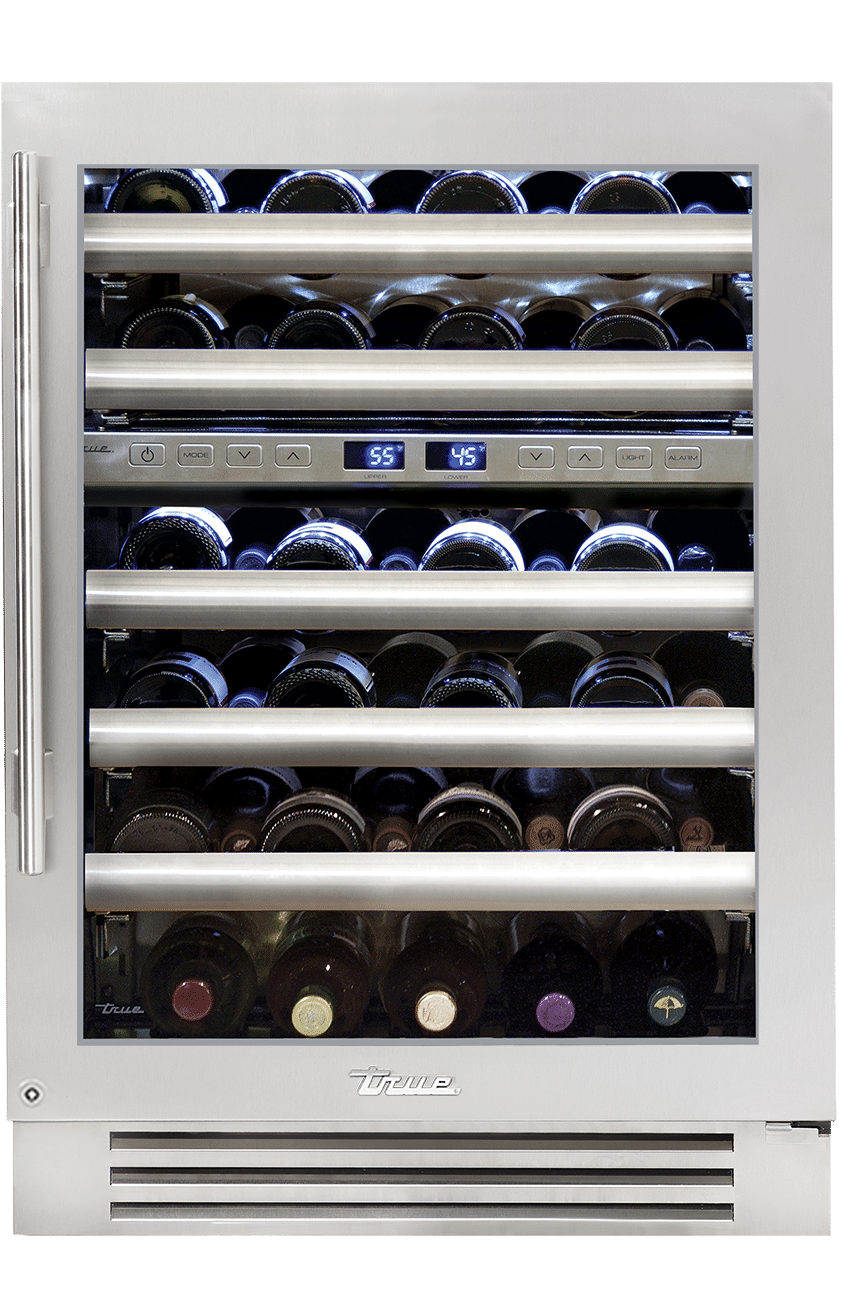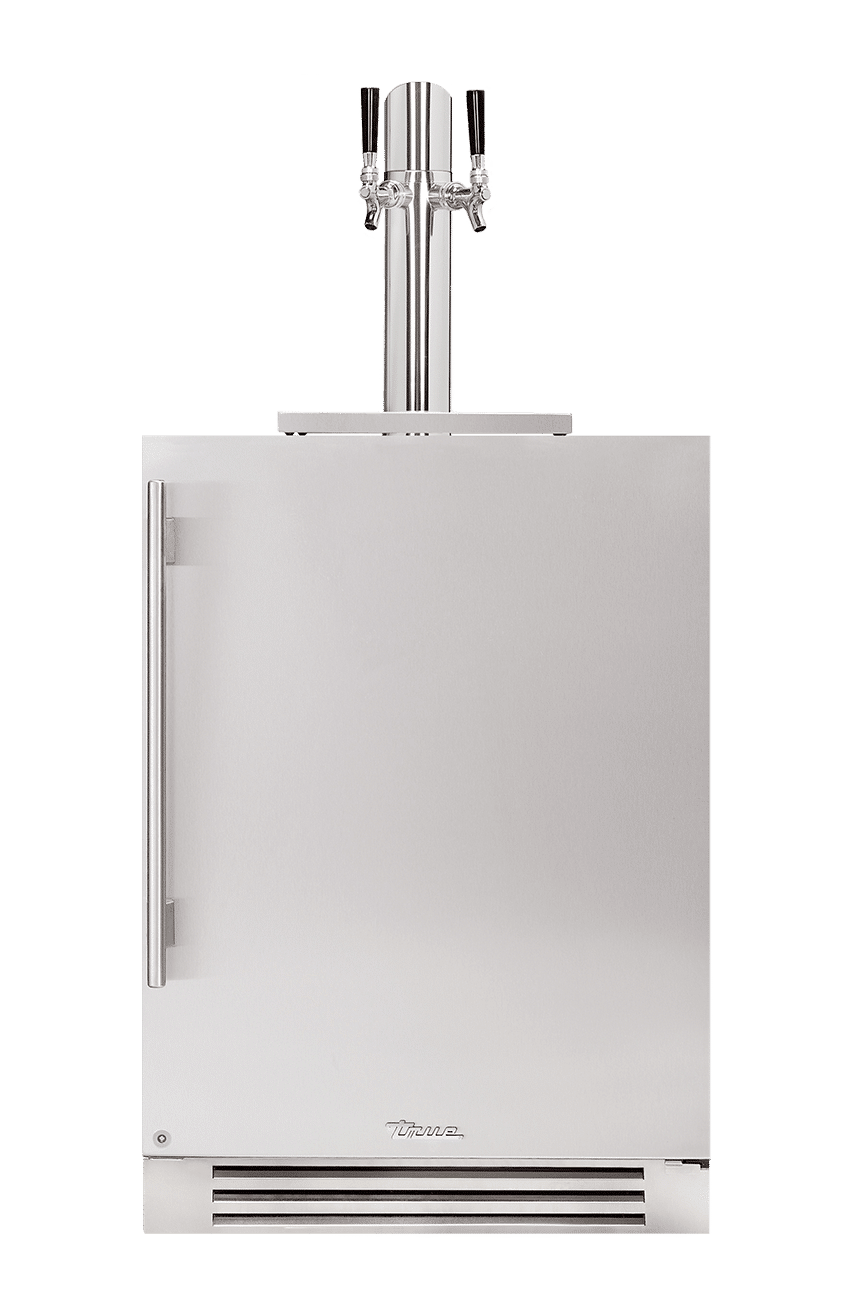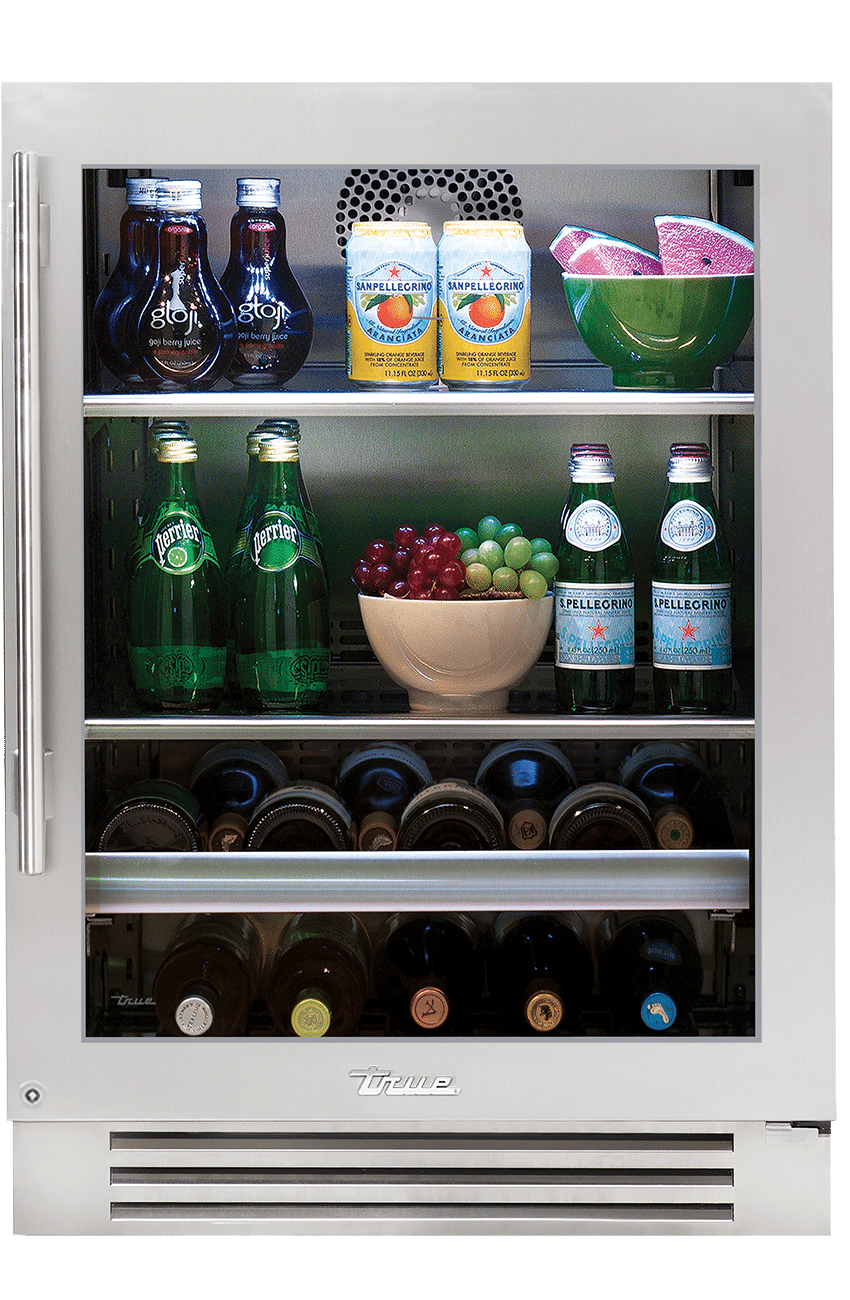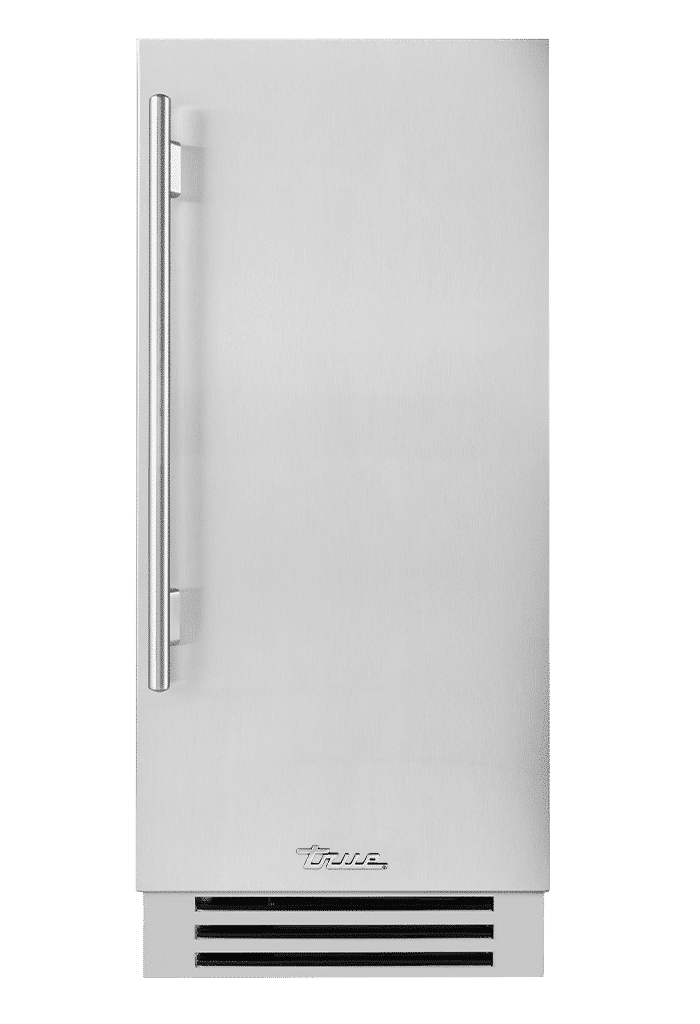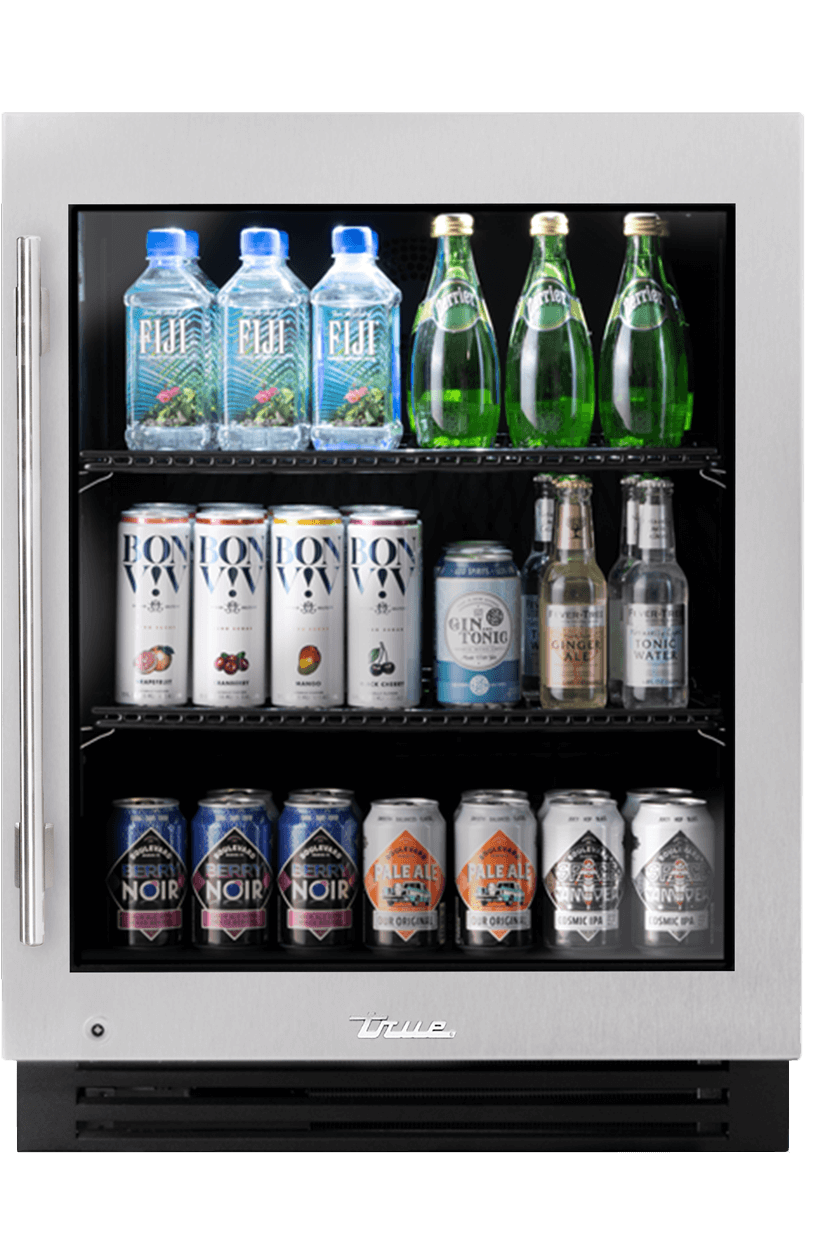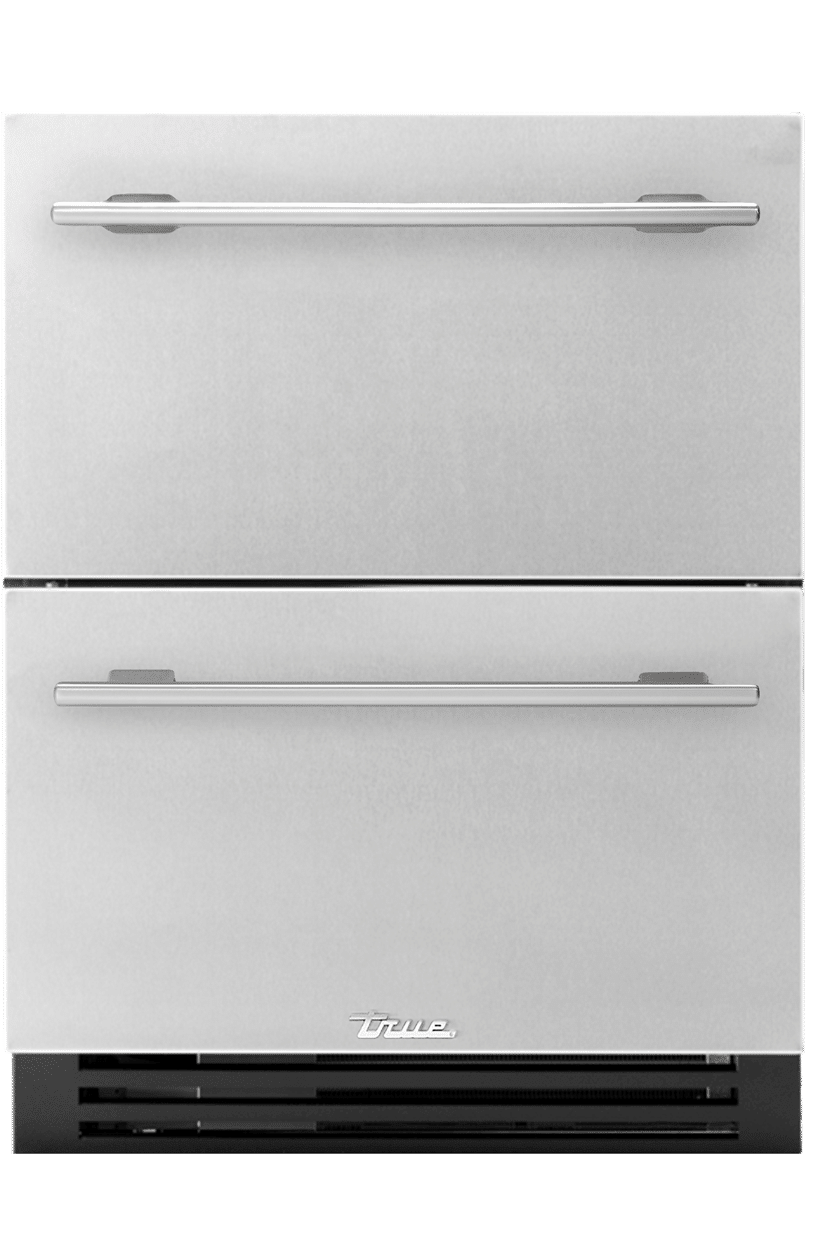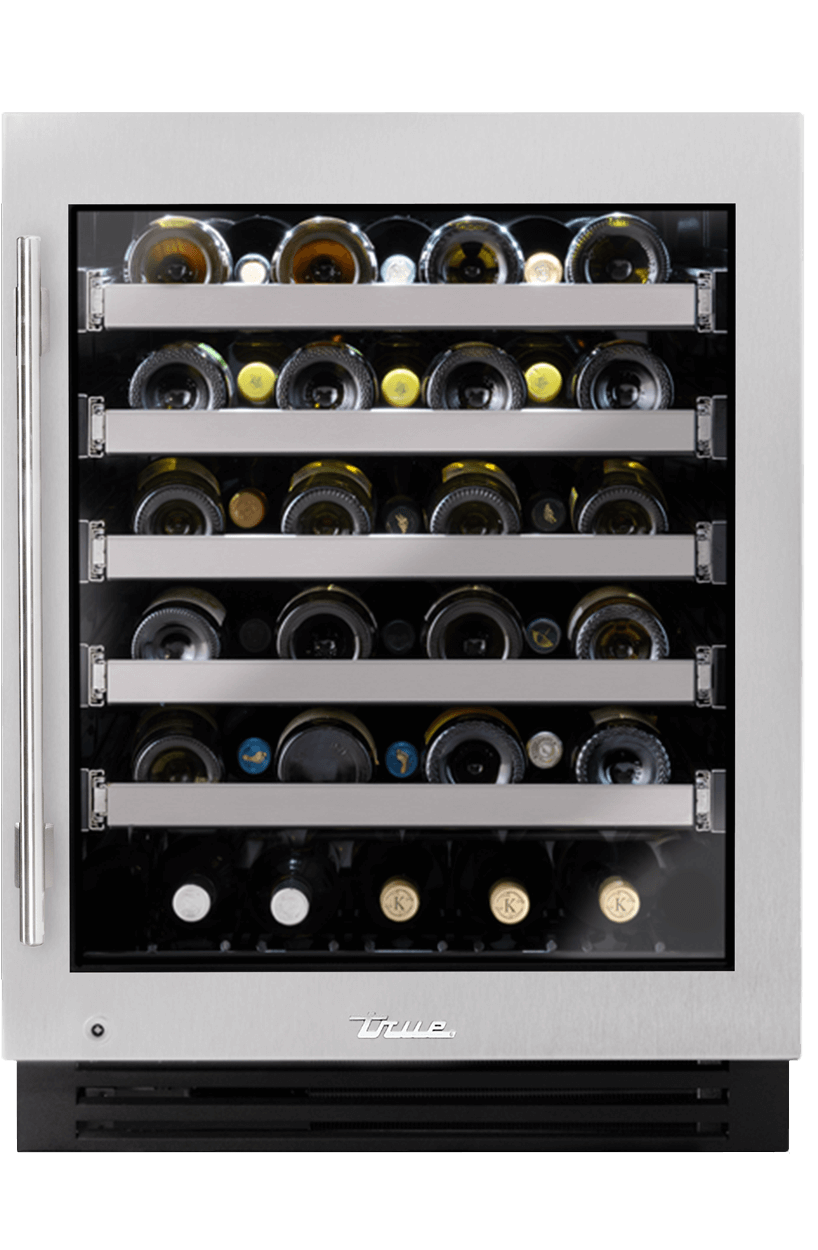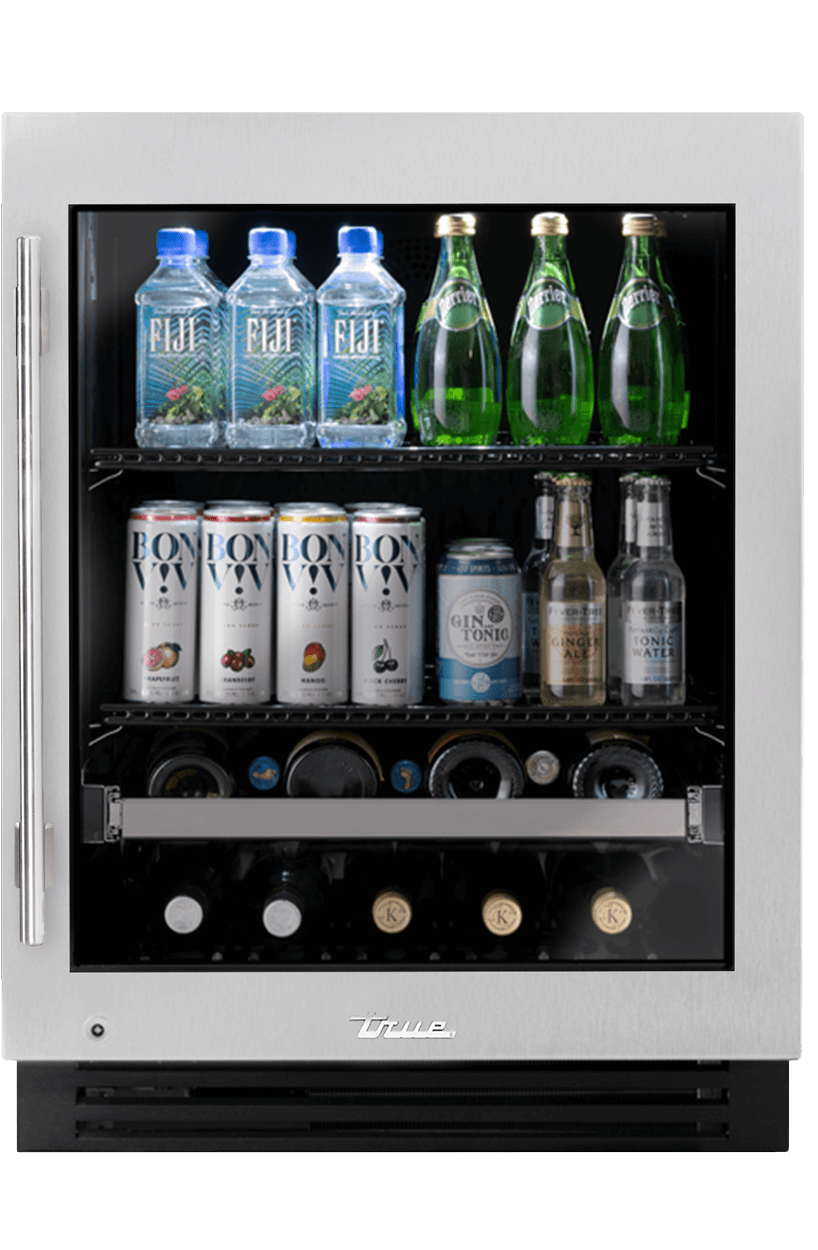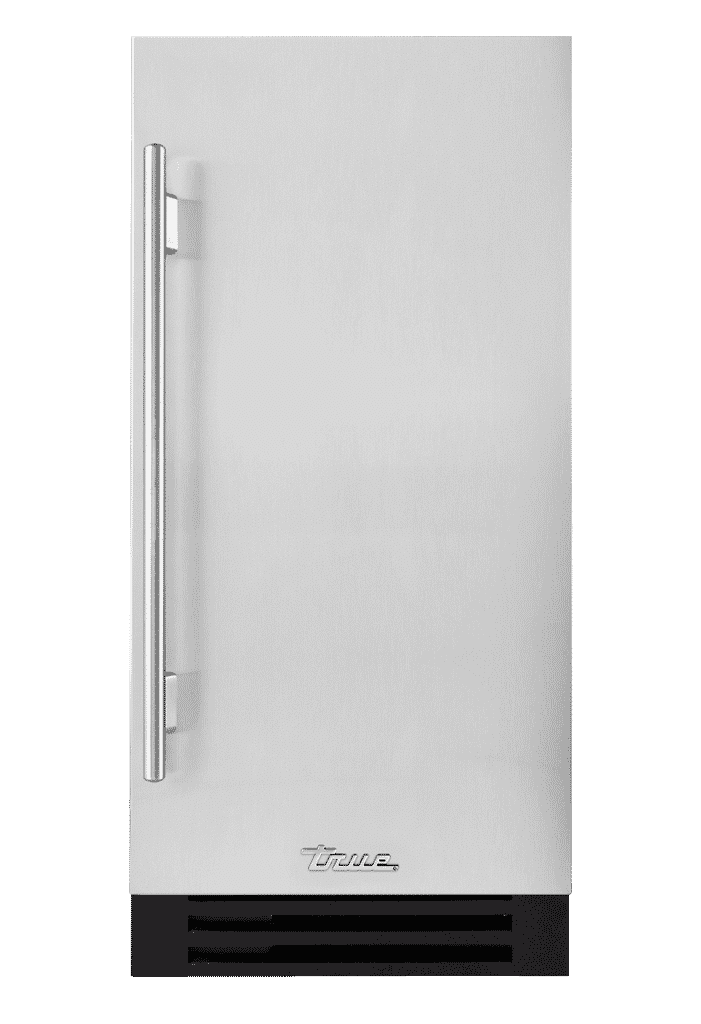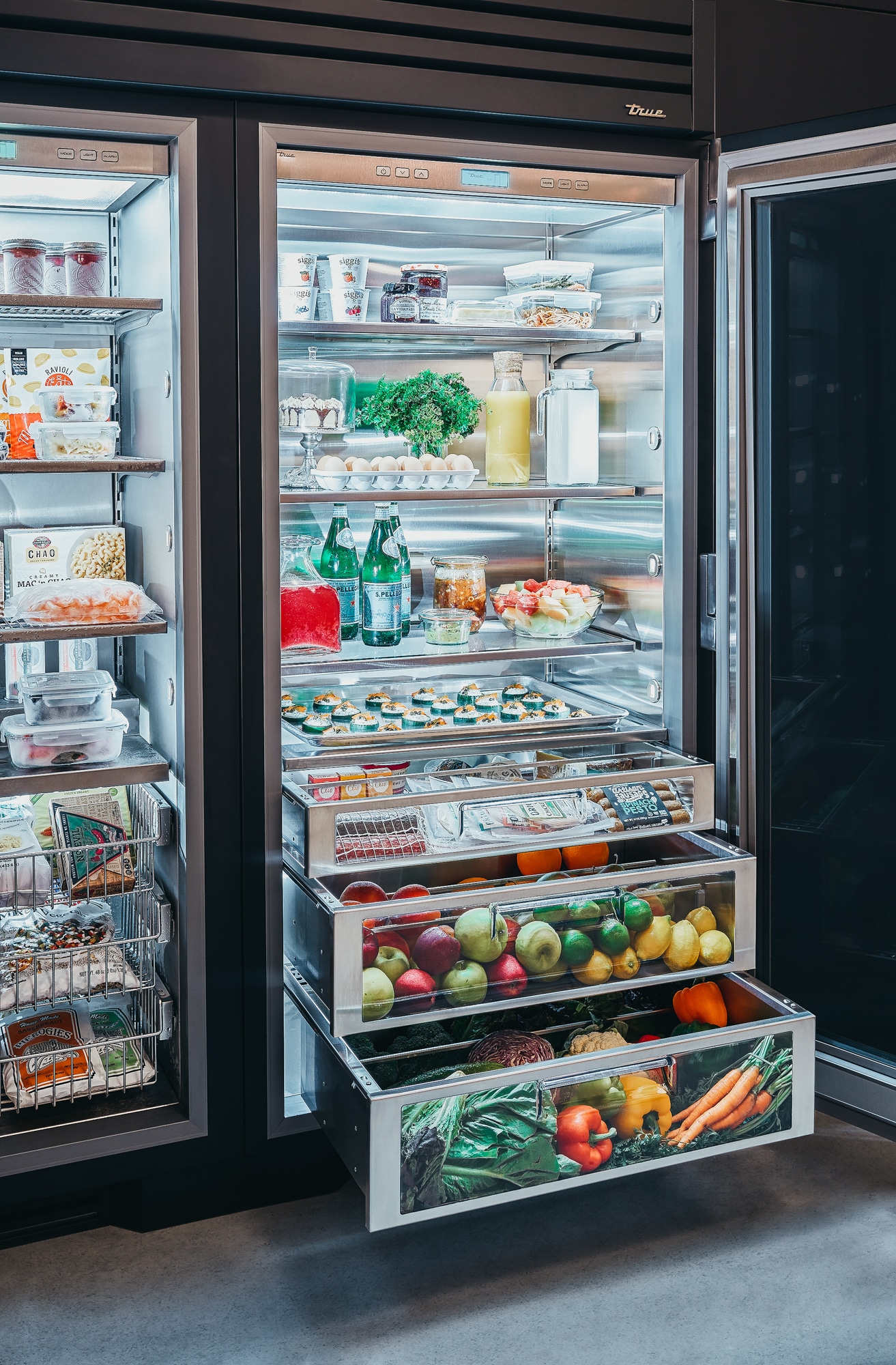Renovating a kitchen is exciting! But it also comes with a variety of pitfalls that are easy enough to avoid. Here, we’ve rounded up a few of the top tips we’ve gleaned from designers over the years.
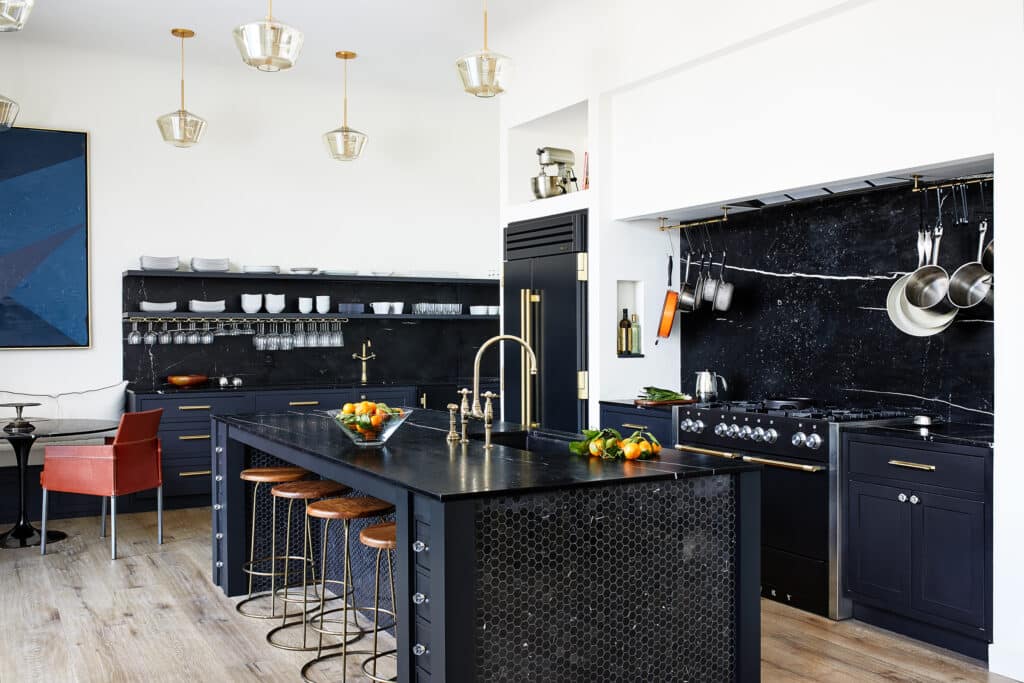
Interior Design: Carmel Greer; Photography Credit: Stacy Zarin Goldberg; The Ideal Kitchen Triangle.
Budgets
While budgets can be a nuisance, they are also the best planning vehicle you have to save you quite a bit of time and money. To properly gauge your upfront costs, create a detailed list—which should include appliances, flooring, cabinetry, countertops, lighting, etc.—and then add another 20% for any contingency outside of any contractors and labor costs. While it would be ideal to not have to use an emergency fund to finish the renovation, unexpected expenses always pop up and it will benefit you in the long run to be financially prepared.
Planning
A common mistake homeowners make when designing and/or renovating their kitchen is the order of focus. Two of the most common errors are choosing appliances last and installing new flooring prior to setting up the appliances. Measurements are key. If the kitchen layout is established or the cabinetry is built-out prior to investing in the appliances of choice—it can lead to a lot of disappointment. The difference of an inch can torpedo one’s plans and have one hurrying back to the appliance center to find units that will fit into the design scheme. Laying down flooring after appliances are installed is just as important—it not only allows one to avoid potential damage to their floors during the installation process but it also makes removing floors much easier should you need to replace the floors at a later date. Dropping an appliance over floors also prevents them from naturally expanding and contracting, rendering them more likely to warp.
Layout Functionality
We’ve said it time and time again, the kitchen triangle is the holy grail of kitchen design. No matter how beautiful your kitchen looks, you won’t enjoy it to its full potential unless the layout is designed for functionality. The kitchen triangle—lauded by chefs, home cooks, and kitchen designers alike—entails creating a “triangle” between the range, sink, and refrigerator. This ideal configuration ensures the utmost efficiency with all the primary work stations near each other.
